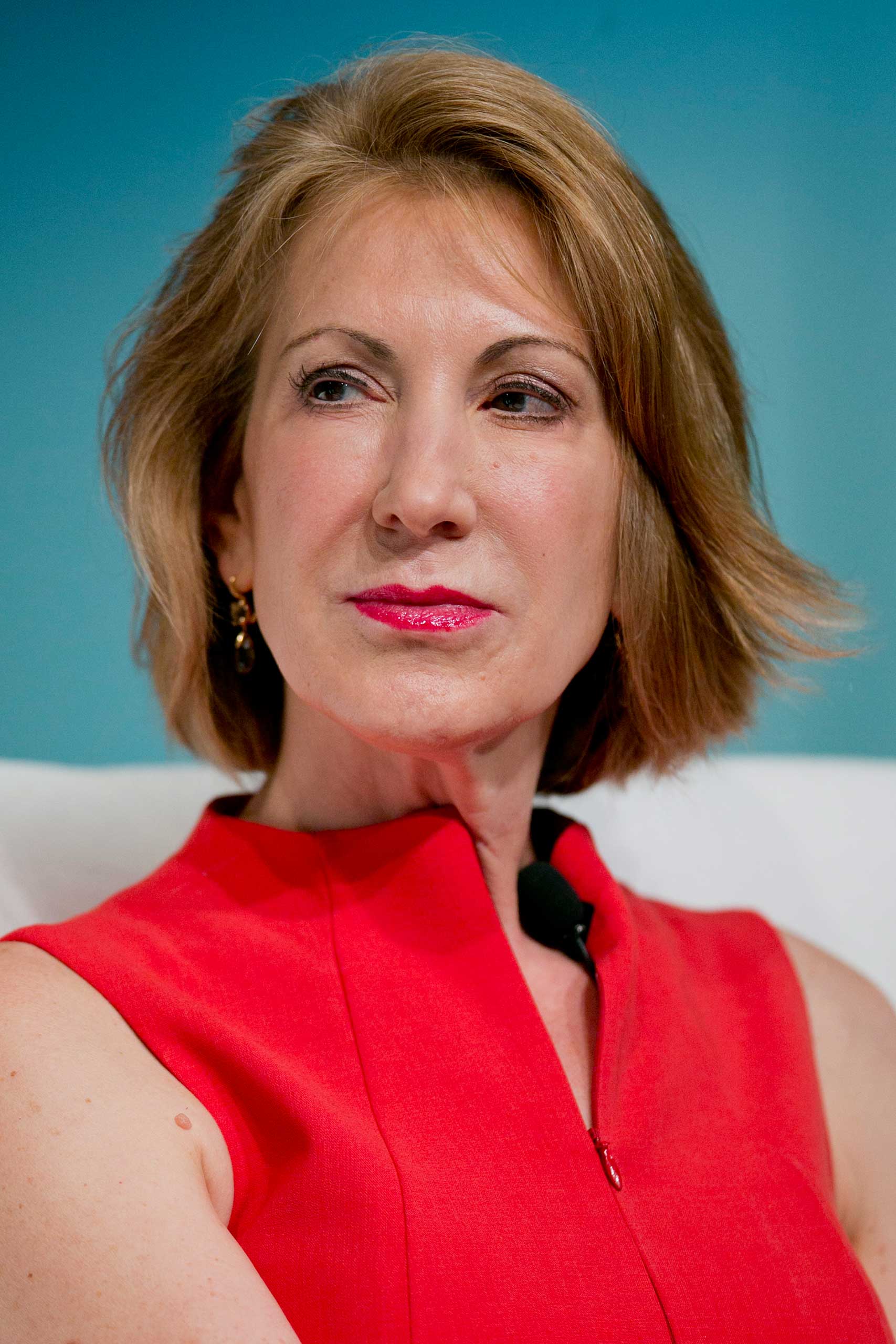
As a now-official presidential candidate, there’s no way Carly Fiorina can ignore her tenure at Hewlett-Packard, which she ran as CEO for six tumultuous years before the board ousted her in 2005. By that time, the company’s stock had lost about half its value and tens of thousands of people had lost their jobs.
Fiorina took H-P’s helm in 1999 at the height of the tech boom. She left after the boom went bust. It seems likely that H-P, a giant in office equipment, would have faced huge challenges no matter who was running the company. But most observers—including the company’s board—have concluded that she made a bad situation worse than it might otherwise have been.
Fiorina came to H-P after quickly rising through the executive ranks at AT&T and later its spinoff, Lucent Technologies. Her record at that point was, by all accounts, stellar. When she started as CEO, she was the first woman to head a Fortune 20 company. Her ascension was presented as a major historical turning point.
Right away, she began planning to restructure the company, and took heat for laying off thousands of workers. The decision to spin-off a division that made technical testing equipment into what became Agilent Technologies predated her arrival. She managed that spinoff in a successful IPO.
She quickly turned her attention to remaking Hewlett-Packard. The plan was to directly take on IBM as an end-to-end, computing-and-services business. One of her first moves was to announce the acquisition of the tech services division of Pricewaterhousecoopers for $14 billion. When Wall Street balked, she withdrew the offer. After the dotcom crash, IBM picked up the division for $4 billion.
She next set her sights on Compaq Computer in 2002 for $19 billion. That decision continues to haunt both Fiorina and H-P.
Taking on Compaq was controversial from the get-go. A bruising-but-unsuccessful proxy battle ensued. Walter Hewlett, a board member and son of company co-founder Walter Hewlett, vehemently opposed the deal. Outside observers and some big shareholders that it would dilute the company’s core, profitable printer business. It did much more than that, with H-P’s results sinking every quarter. Eventually, it led to 17,000 more people being laid off as Dell Computer, much more highly focused on the PC market, came to dominate.
Upon her exit, H-P gave Fiorina what was widely considered a “golden parachute” worth about $40 million.
When she was finally ousted, the board insisted that it wasn’t because of corporate results, but because of her “management style.” Fiorina, who was often described as imperious and distant, took a lot of criticism for giving herself big bonuses even while laying people off, and for hitting the speaking circuit even while the company was in a tailspin.
That presents perhaps Fiorina’s greatest challenge, since it’s her record as a manager that she is now citing as a reason to elect her president. An even greater challenge? The fact that so many lists of history’s “worst CEOs” include her name.
Read next: The GOP’s First Big 2016 Test: Fitting Candidates on the Debate Stage
See The 7 Most Important Tech CEOs You Wouldn't Recognize
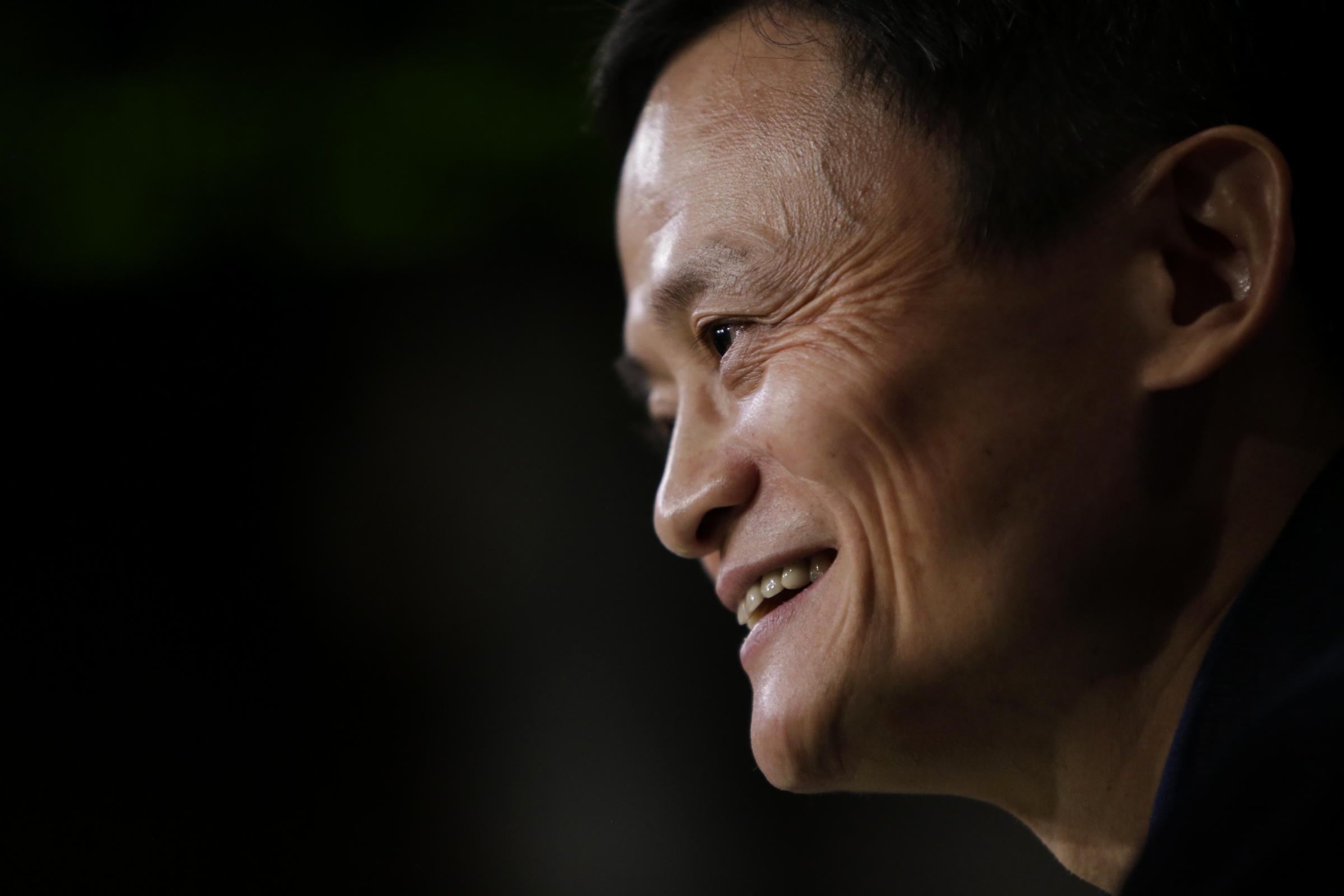
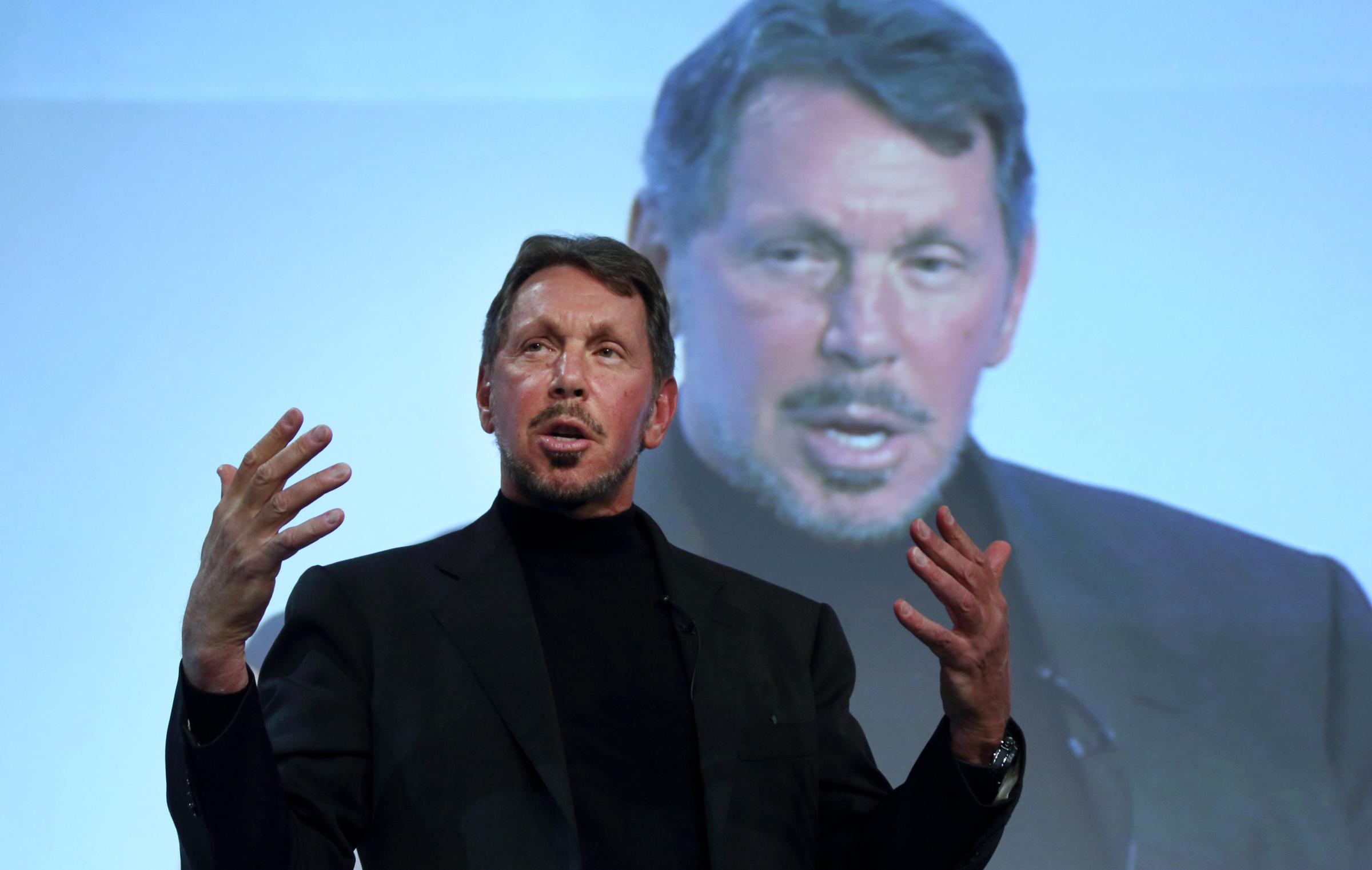
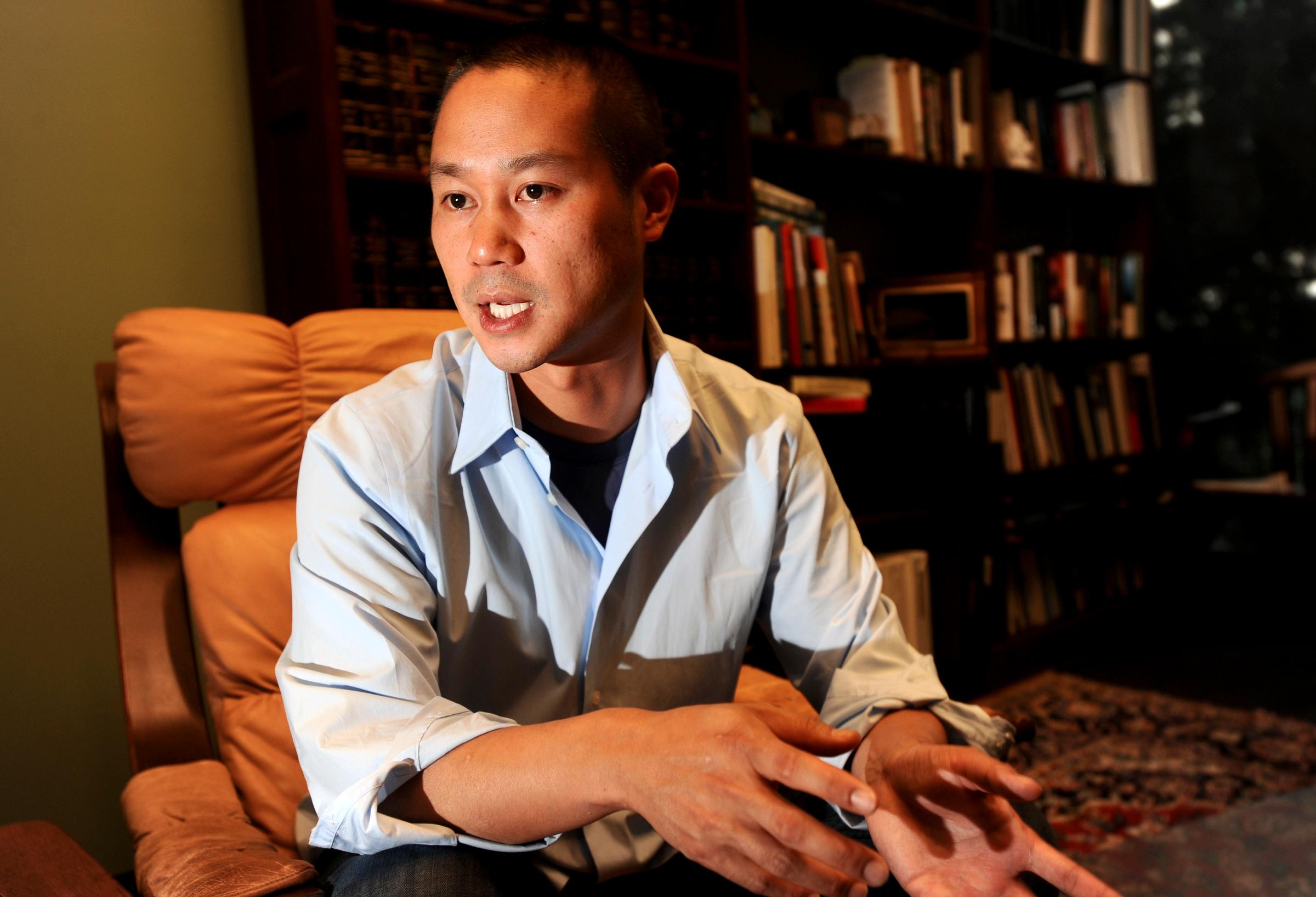
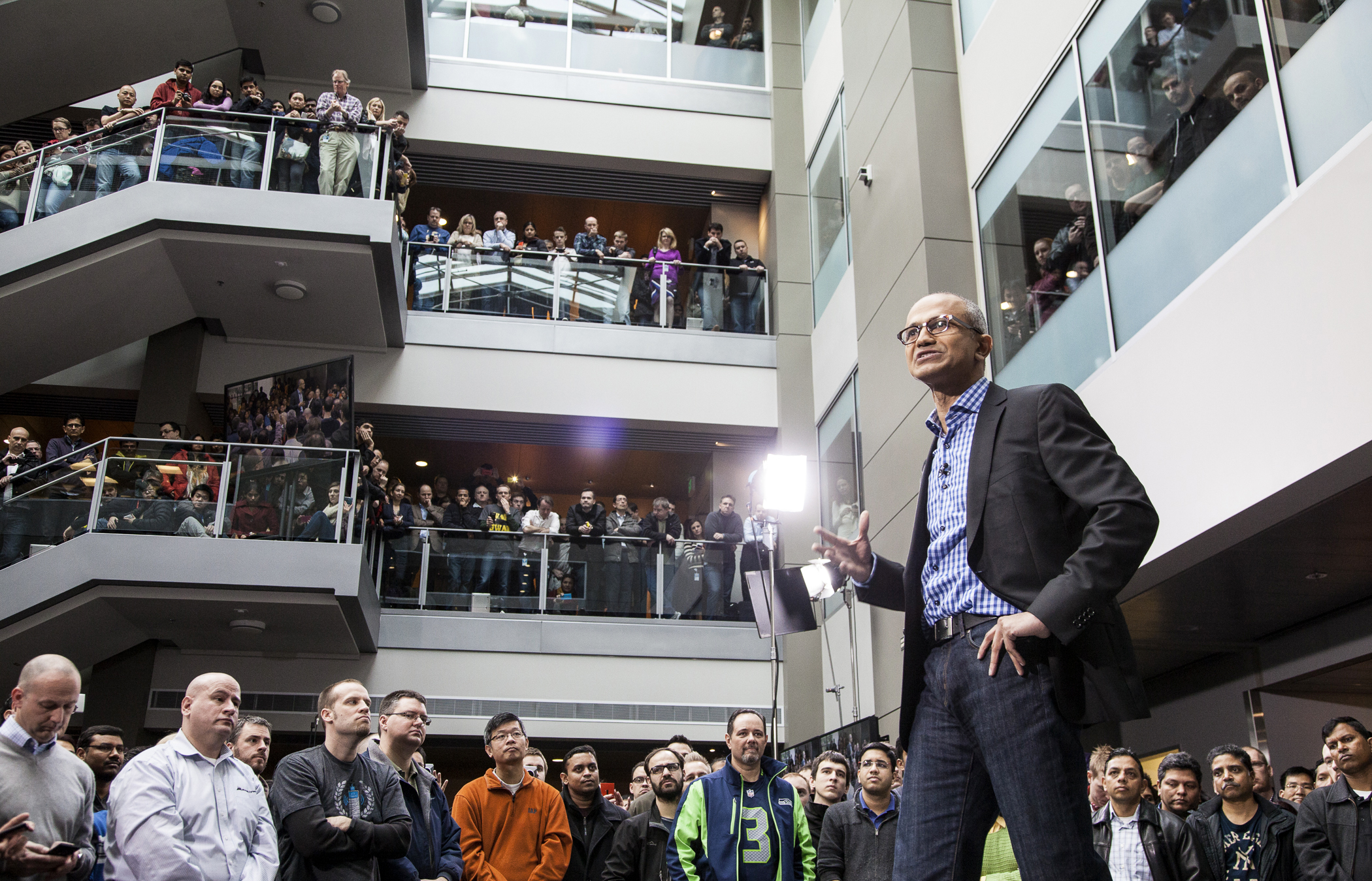
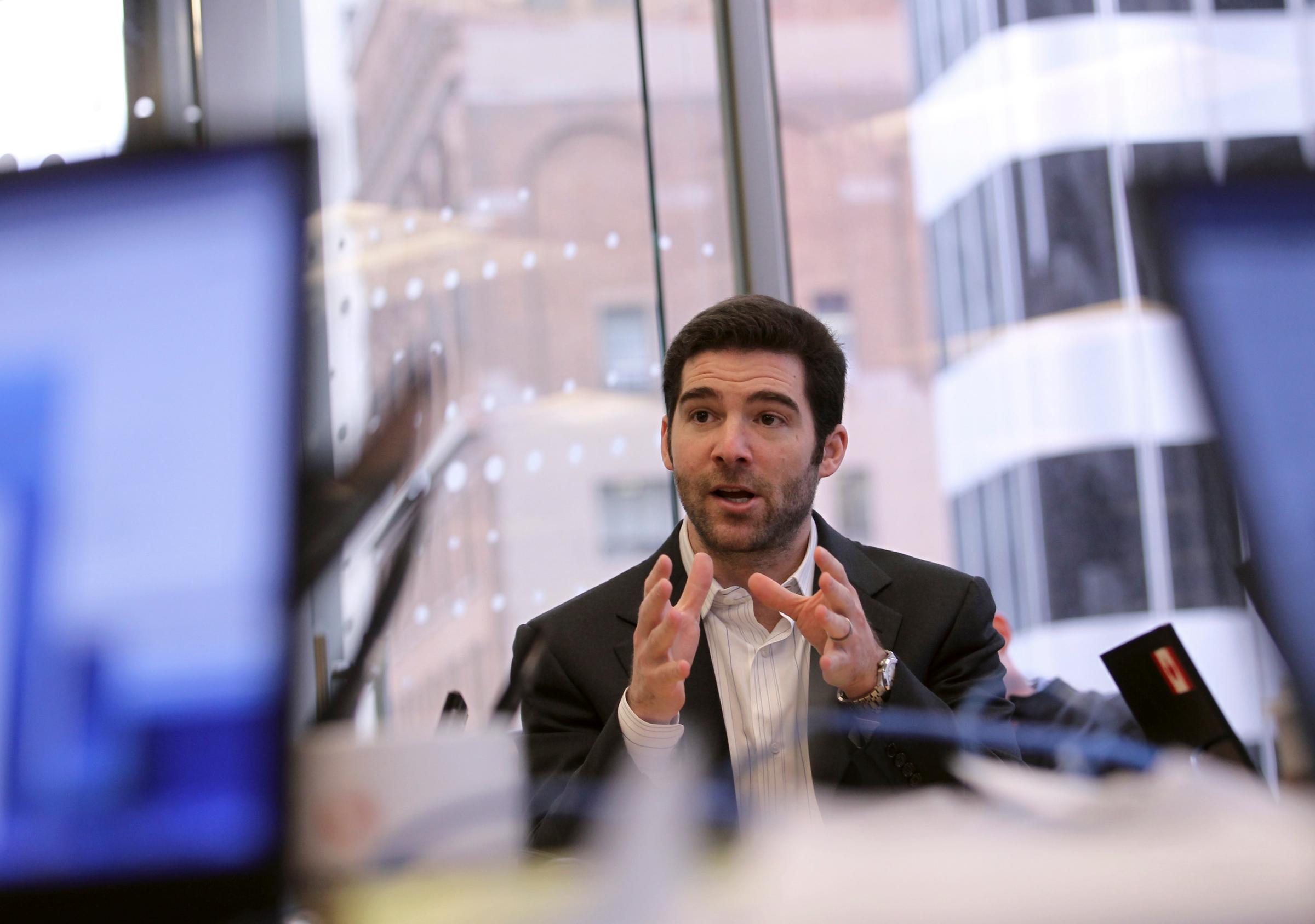

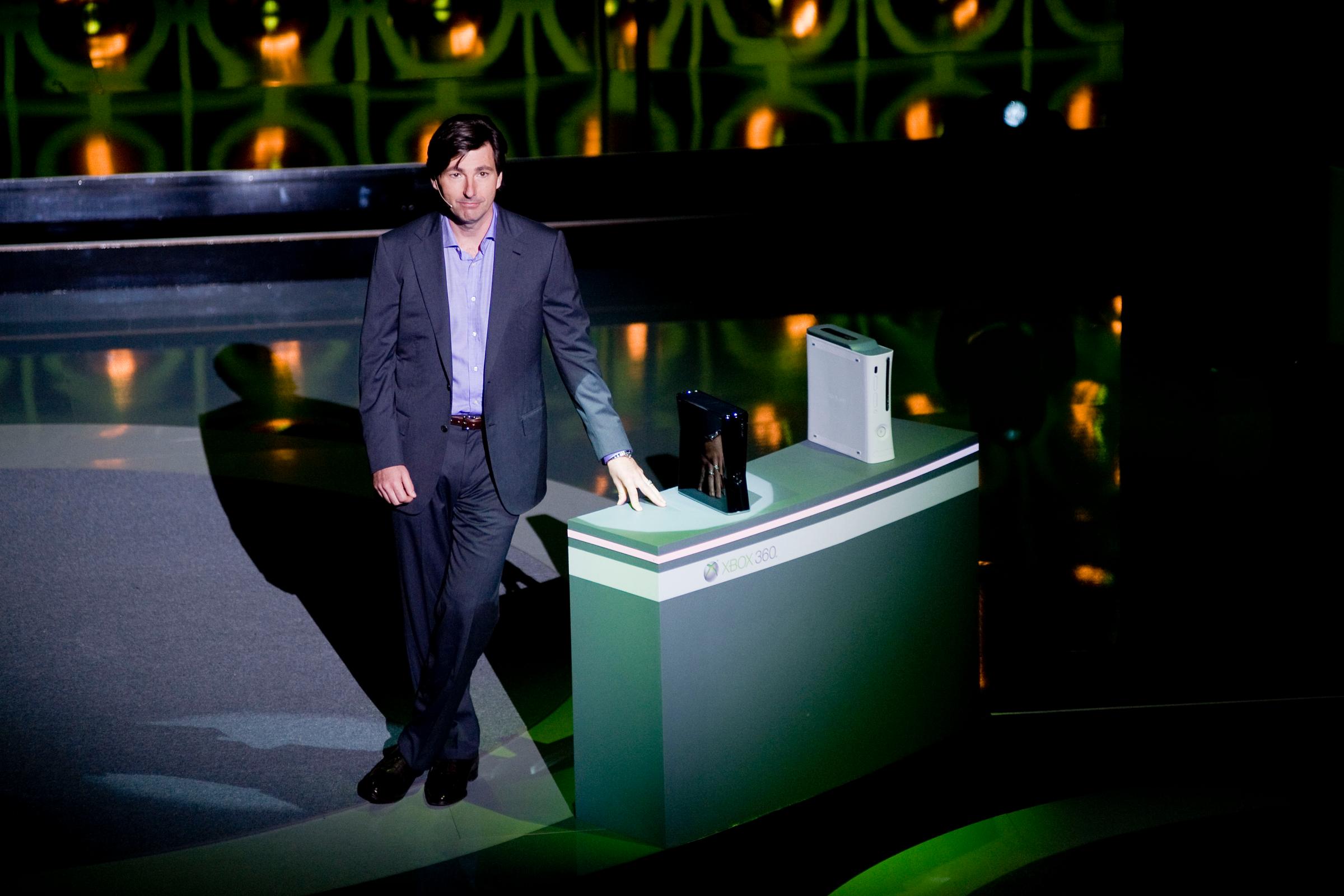
More Must-Reads From TIME
- The 100 Most Influential People of 2024
- Coco Gauff Is Playing for Herself Now
- Scenes From Pro-Palestinian Encampments Across U.S. Universities
- 6 Compliments That Land Every Time
- If You're Dating Right Now , You're Brave: Column
- The AI That Could Heal a Divided Internet
- Fallout Is a Brilliant Model for the Future of Video Game Adaptations
- Want Weekly Recs on What to Watch, Read, and More? Sign Up for Worth Your Time
Contact us at letters@time.com